School History Trips To Berlin
Berlin has been at the centre of many key events in modern European History: WWII, The Cold War, the Fall of Communism and the reunification of Germany.
On a school History trip to Berlin, students can visit Berlin’s key historical sites that relate your teaching to subject-specific learning objectives such as WWII history and Cold War studies.
Your school History trip to Berlin will help your pupils develop an understanding of post-war Berlin and the context of the Cold War. They’ll get first-hand experience of the impact that the division of the city had and a deeper understanding of tensions that escalated between the East and West superpowers leading to the Cold War period.
Our excursions will touch upon historical concepts such as socialism, communism, ideology, propaganda and international conflict.
Connecting with history
With emblematic monuments such as the Berlin Wall Memorial, Checkpoint Charlie and the Tränenpalast, students can:
- analyse how heightened tensions between USSR and USA powers translated into physical boundaries
- explore how Berlin as a city encapsulates the antagonism between the communist and capitalist ideologies
- picture how this spatial division resonated within the divided German population and how this affected their lives
- give pupils perspective on concepts such as freedom of movement and fundamental liberties, and how these were challenged at the time
A personal perspective
A school History trip to Berlin will provide insights into how the German population lived during the Cold War. This will be explored interactively at the DDR Museum and Stasi Museum, with students:
- touching, holding and engaging with a range of objects and installations within the museum
- getting practical knowledge about the everyday life of the German population in the DDR and the realities of life under socialism
- understanding historical concepts such as continuity and change, similarities and differences
Take learning outside the classroom for your Key Stage 3 and 4 students and prepare them with critical analysis skills, practical case studies and real-life examples for their GCSEs.
With Travelbound, we can customise your trip to fit any learning requirements.
Highlights
Escape attempts at Checkpoint Charlie Museum
Museum at the former HQ of the Gestapo and the SS
Wall art at East Side Gallery
The former Concentration Camp at Sachsenhausen
Hardenhuish SchoolWonderful support throughout the trip and excellent knowledge of the area visiting
Suggested itinerary
What's included*
*Please note, entrance fees where applicable are not included in typical price – contact us for more details
Recommended excursions
Explore Berlin’s rich culture and history on foot by taking a walking tour. The must see sights are the Brandenburg Gate (a former city gate, rebuilt in the late 18th century as a neoclassical triumphal arch), the Reichstag, Memorial to the murdered Jews of Europe and Unter den Linden – the most well-known and grandest street in Berlin.
Two millennia of Jewish history and culture in Germany are on display in the iconic zig-zag shaped building by architect Daniel Libeskind. Students can explore how the symbolic architecture retells German Jewish history. The historical exhibition route is punctuated with diverse and interactive thematic spaces that expand perspectives on the diversity of Jewish life up to the present day.
This outdoor museum and information centre is on the site of the former headquarters of the Gestapo and the SS. By finding out about the destructive effects of Nazi state terror, students gain a humanising insight into the history of totalitarianism in Germany, and its implications for the world today. They learn important lessons not only for exams, but also for their broader development.
Checkpoint Charlie, the most well-known of the border crossings between East and West, is now one of Berlin’s most popular tourist attractions. At the Checkpoint Charlie Museum unique artefacts including many of the contraptions used by those who tried to cross illegally, and works inspired by the division, will vividly bring the past to life for your students.
East Berliners breached the Wall on 9 November 1989, and between February and June of 1990, 118 artists created unique works of art on its longest-remaining section. This open-air gallery serves as a memorial for freedom. One of the best-known works, by Russian artist Dmitri Vrubel, depicts Brezhnev and Honnecker (the former East German leader) kissing.
A guide will tell your group all about the German architectural and sports history of the Olympiastadion, built for the 1936 Summer Olympics, and Olympiapark. Enjoy the view from the top of the Glockenturn bell tower and browse the exhibition at the Langemarckhall. Fact: The Olympiastadion has been the ground of club Hertha BSC since 1963.
Between 1951 and 1989 the Stasi secret police used this site as a detention centre for unsentenced suspects. Holding mainly political prisoners, it was infamous for its regime of physical and psychological torture meted out to inmates. It is now a memorial museum with rooms, surveillance technology and interiors as they were before the fall of Communism. Photo © Ian Patterson.
On 20th January 1942, high officials from the Nazi Ministries and the SS met in the Minoux villa by the Wannsee waterside. Negotiations took place on the organised deportation and murder (the ‘Final Solution’) of European Jews in Poland and Eastern Europe. The villa now houses memorial and exhibitions on the Holocaust, plus guided tours for study group. This excursion is currently closed and due to reopen in Spring 2020.
The concentration camp at Sachsenhausen was established in 1936 and placed 35km north of Berlin. Students can see the horrifying conditions in which inmates were forced to live, observe the artefacts that victims left behind and consider how Germans have tried to come to terms with their recent history.
The Berlin Wall Memorial is an open-aired exhibition documenting the impact of a divided city and those who risked their lives for freedom in the Western Block. The Documentation Centre provides students with an historical overview of events in the build up to the construction of the Berlin Wall until the present day. Image by Ansgar Koreng, via Wikimedia Commons.
Known as the ‘Palace of Tears’, Tränenpalast was the former border crossing where East Germans would say farewell to visitors returning to West Germany. Today, Tränenpalast illustrates the effects of this great divide that impacted hugely on everyday life through a series of media. Image by Jörg Zägel CC BY-SA 3.0, via Wikimedia Commons.
This museum depicts everyday life in the GDR, from typical everyday products to examples of fashion, industrial design and artistic symbolism of objects representing the political system. Students are provided with a unique insight into the perception of life within the GDR. Image by © Stephan Klonk/Stiftung Haus der Geschichte CC BY-SA 4.0, via Wikimedia Commons.
Documenting the history of Berlin’s most famous border crossing, the Black Box at Checkpoint Charlie also highlights the symbolic significance of the Wall in the division between Germany and the rest of Europe. Through the use of photographs and media stations, students will be able to interpret events, emotions and public reaction to life inside East Germany.
The hugely impressive 360 degrees artistic interpretation of life within divided Germany gives students the chance to reflect on the daily routine of children and adults through the eyes of an artist who grew up in the well-known Kreuzberg area of West Berlin. Photo by asisi F&E GmbH CC BY-SA 4.0, via Wikimedia Commons.
Germany’s dynamic history is placed in a European context in the exhibition German History in Pictures and Documents, set in Berlin’s baroque Zeughaus, or former Arsenal. Temporary special exhibitions are housed in the modern exhibition hall, designed by IM Pei. This spacious new building has a glass and steel foyer, with a striking helical staircase. ©️Thomas Bruns
Located in the heart of Berlin, this memorial serves as a reminder of the many lives lost during the Holocaust. 2,711 concrete pillars make up the memorial with underground information centres providing students with an insight into this horrific event as well as listing the names of all known Jewish Holocaust victims.
The Spy Museum explores the history of espionage and intelligence from antiquity to the present day. It covers WW1, WW11 and the Cold War using multi-media based technology and over 1,000 exhibits. An educational programme is available. Image by Scontrofrontale – CC BY-SA 4.0 – via Wikimedia Commons.
Experience 2,000 years of German history in an immersive, novel exhibition with all your senses! Walk through the forest of the Varus Battle or dance through the Golden Twenties – an exciting addition to history lessons!
The museum occupies House 1 of the former HQ of the GDR Ministry for State Security, part of a huge complex in Berlin-Lichtenberg which had 7,000 full time employees. Now a research and memorial centre, the permanent exhibition State Security in the SED Dictatorship looks at the impact of the STASI on the lives of individuals in the GDR. Guided tours for groups are available.
Lively, interactive and thrilling–the DDR Museum presents the history of the German Democratic Republic in all of its multiple facets. Visitors are taken on a journey through time into the East German socialist past. As one of the most interactive museums in the world touching and trying out the exhibits is explicitly allowed. Guided tours and a talk with a contemporary witness are available. Fact: The DDR Museum holds the largest museum collection of original GDR objects worldwide.
This 368-metre tower dominates the city skyline and is the tallest building in Germany. The Tower was built in the 1960s by the East German Government not least to demonstrate the strength and efficiency of the socialist party system. The observation deck at 203 metres includes Berlin’s highest bar and there is a revolving restaurant at a height of 207 metres. Combine your visit with Berlin Odyssey, a virtual reality time travel experience through 9 centuries of Berlin history, available at 203 metres.
Sitting just west of Berlin, Potsdam is home to a number of palaces and parks recognised by UNESCO.Together they create a unique landscape epitomising the monarchic ideas of the Prussian state. The historic Treaty of Potsdam which determined the division of Germany was signed in 1945 at the nearby Cecilienhof Palace.
The historic Potsdam Conference was held in the Cecilienhof Palace from 17th June to 2nd August 1945.The victorious powers of WWII represented by Churchill, Truman and Stalin discussed and agreed how to divide up Germany. The Potsdam Conference became the symbol of the end of WWII and the start of the Cold War. The conference room and working rooms can be visited.
On the 21st July 1944 resistance fighters from within the armed forces were executed in the courtyard of the Bendlerblock. The Officers Claus Schenk Graf von Stauffenberg, Friedrich Ol-bricht, Albrecht Ritter Mertz von Quirnheim and Werner von Haeften had plotted a coup and attempted to murder Hitler. The building is now a Memorial and education Centre with an exhibition about German Resistance to National Socialism.
The Berlin Story Museum covers 800 year of Berlin history from Kings and Kaisers to modern Berlin. ‘Hitler: how could it happen’ is an extensive documentation centre covering the rise of the Nazi party, seizure of power, WWII, the history of the National Socialism, the Holocaust and the downfall.There is a model of Hitler‘s bunker. The museum and exhibition can be booked separately. Audio guides are provided for both excursions.
This monumental building, constructed under the National Socialist regime between 1936 and 1941, ceased being a functioning airport in 2008 but has become an iconic historic attraction. Representative of National Socialist architecture in its scale and grandeur, Tempelhof also became a symbol of freedom by playing an important role in the Berlin airlift in 1948/49.
Guided tours are available and follow different themes, including tracing the airport’s National Socialist history.
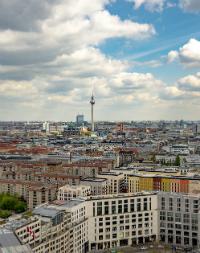
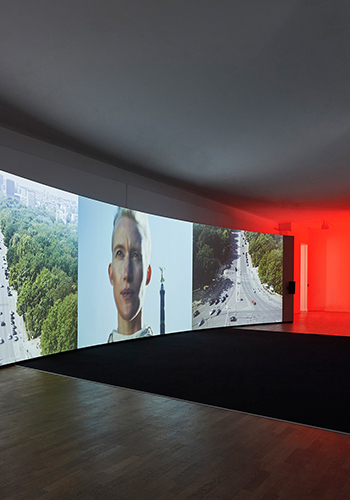
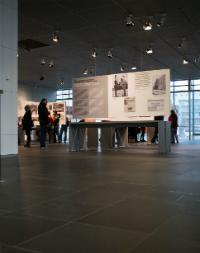
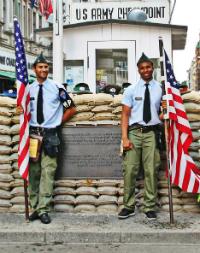
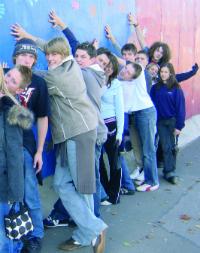
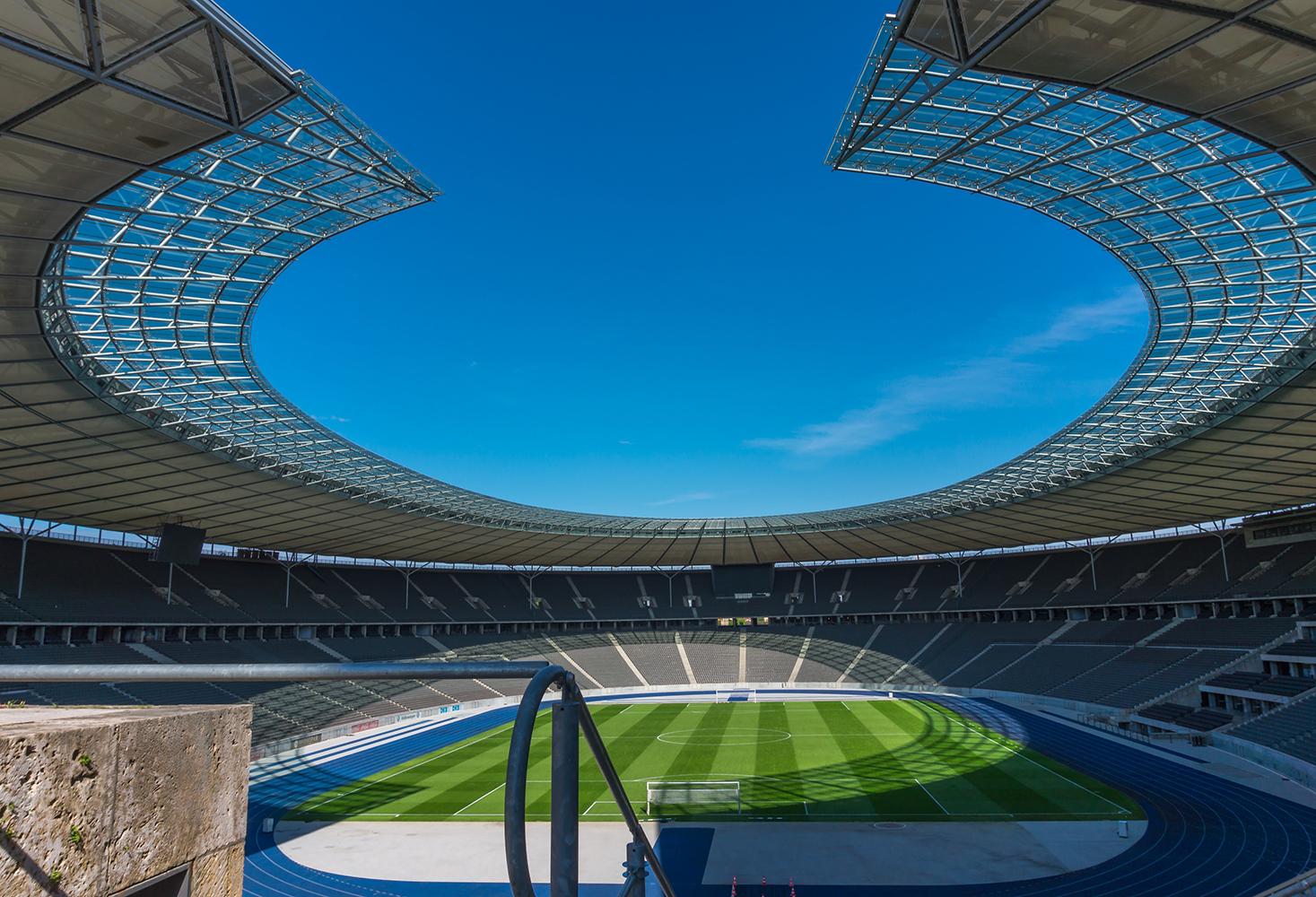

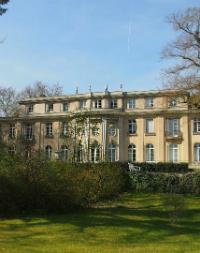
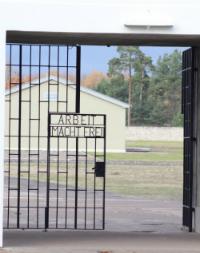
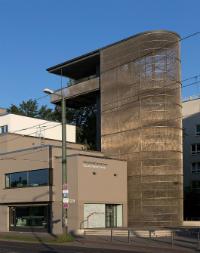
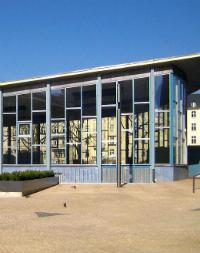
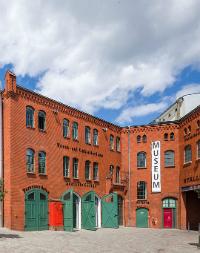
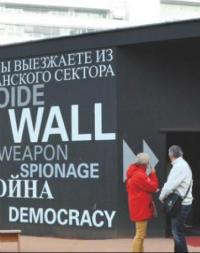
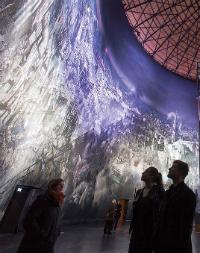
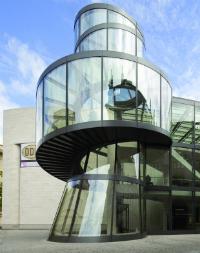
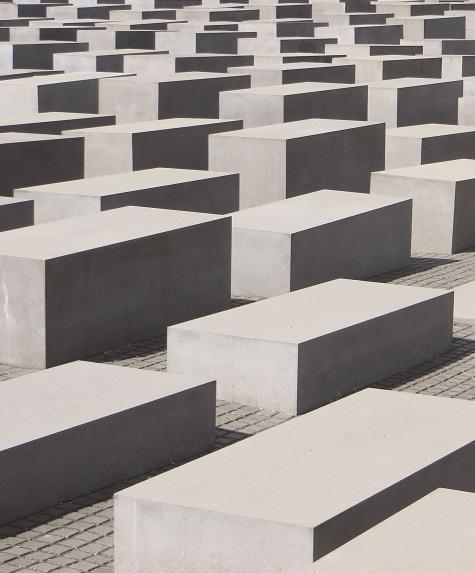
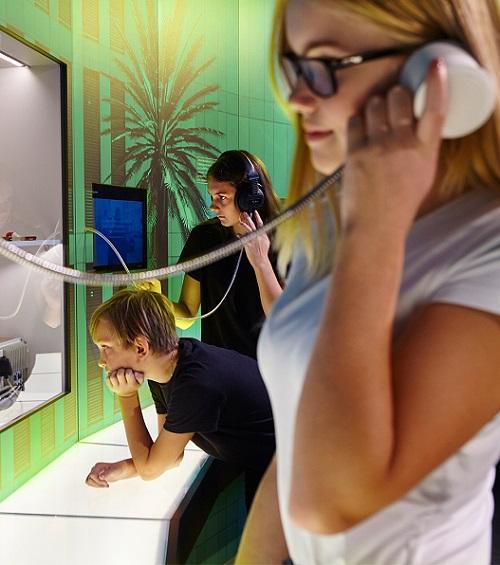
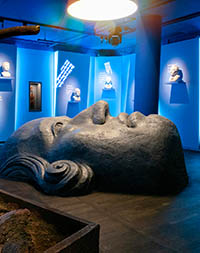
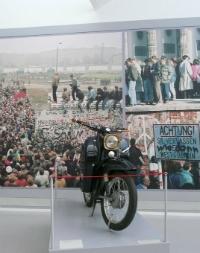
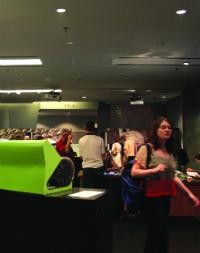
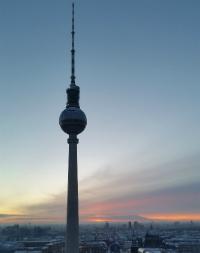
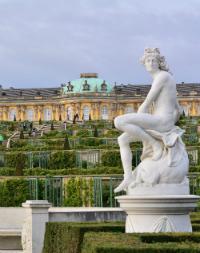
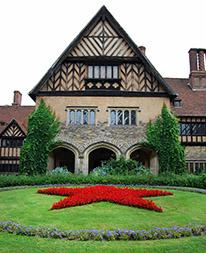
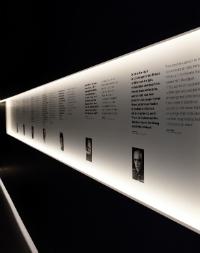
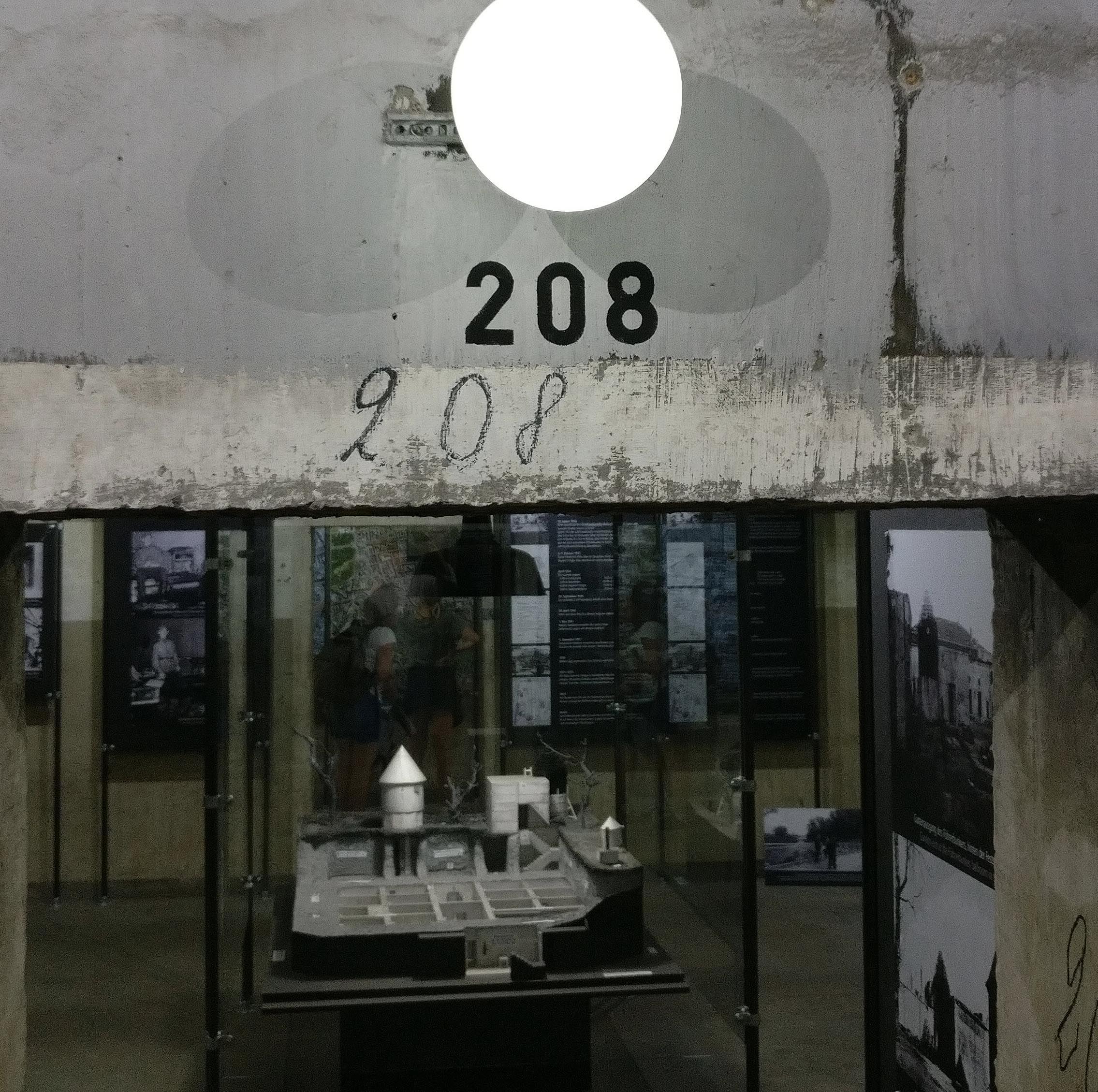
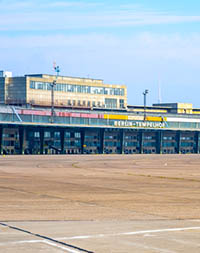
Typical accommodation
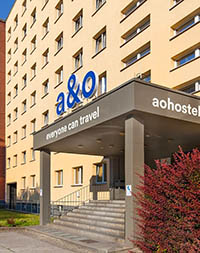
Why groups like it:
Facilities
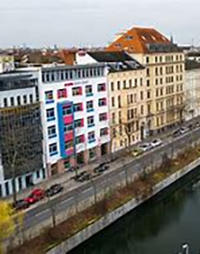
Why groups like it:
Facilities
Learning outcomes
Subject focus
Students can:
- Learn more about the importance of events in this city for German and European history
- Visit a central location in the history of totalitarianism and the Holocaust
- Gain a greater understanding of Berlin’s war-time and post-war history and reflect on atrocities committed during World War II
- Reflect on how Berlin’s past has influenced the modern city as it is today
Student outcomes
Students will have had an opportunity to:
- Contemplate the breadth of German history
- Ponder how the repetition of the tragic events of the past can be avoided in the future
- Find out how present generations understand and come to terms with the past
- Identify Germany’s place in modern European history
- Visit key historical sites previously read about, and gain a sense of the human cost of World War II and the Cold War


